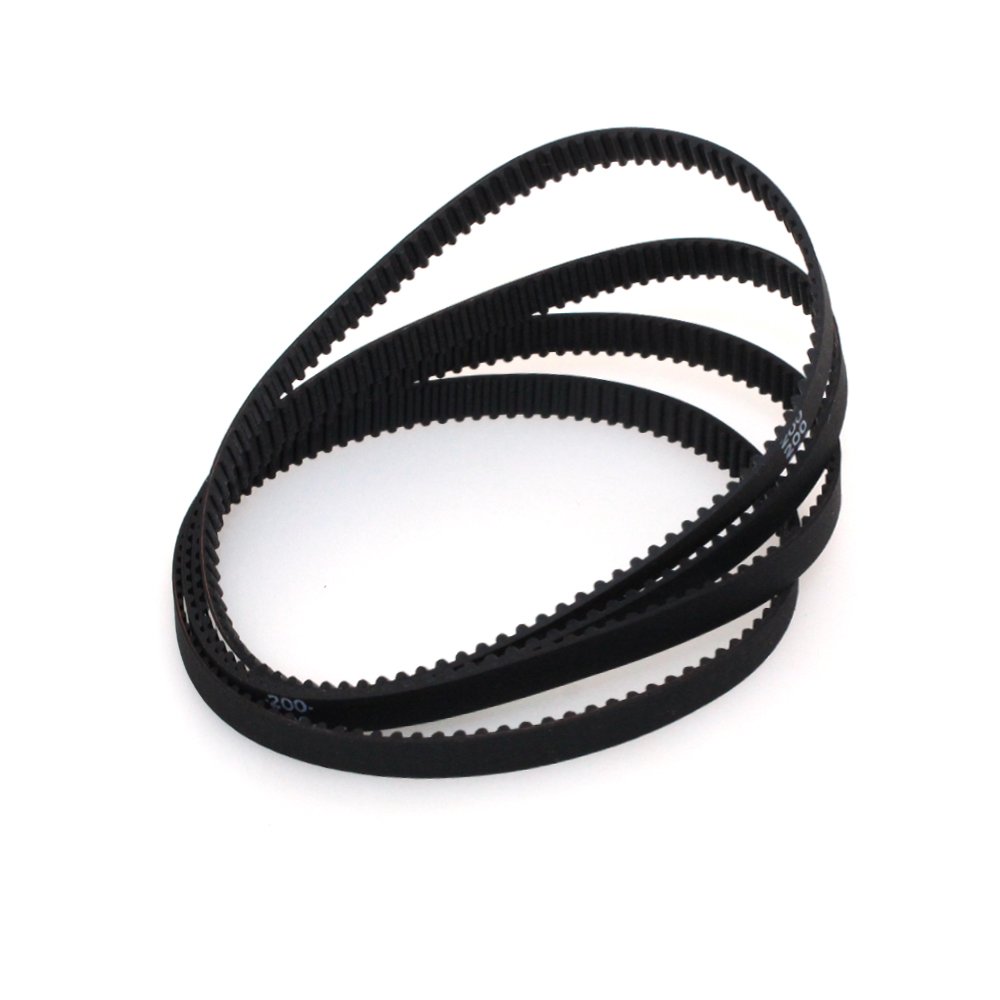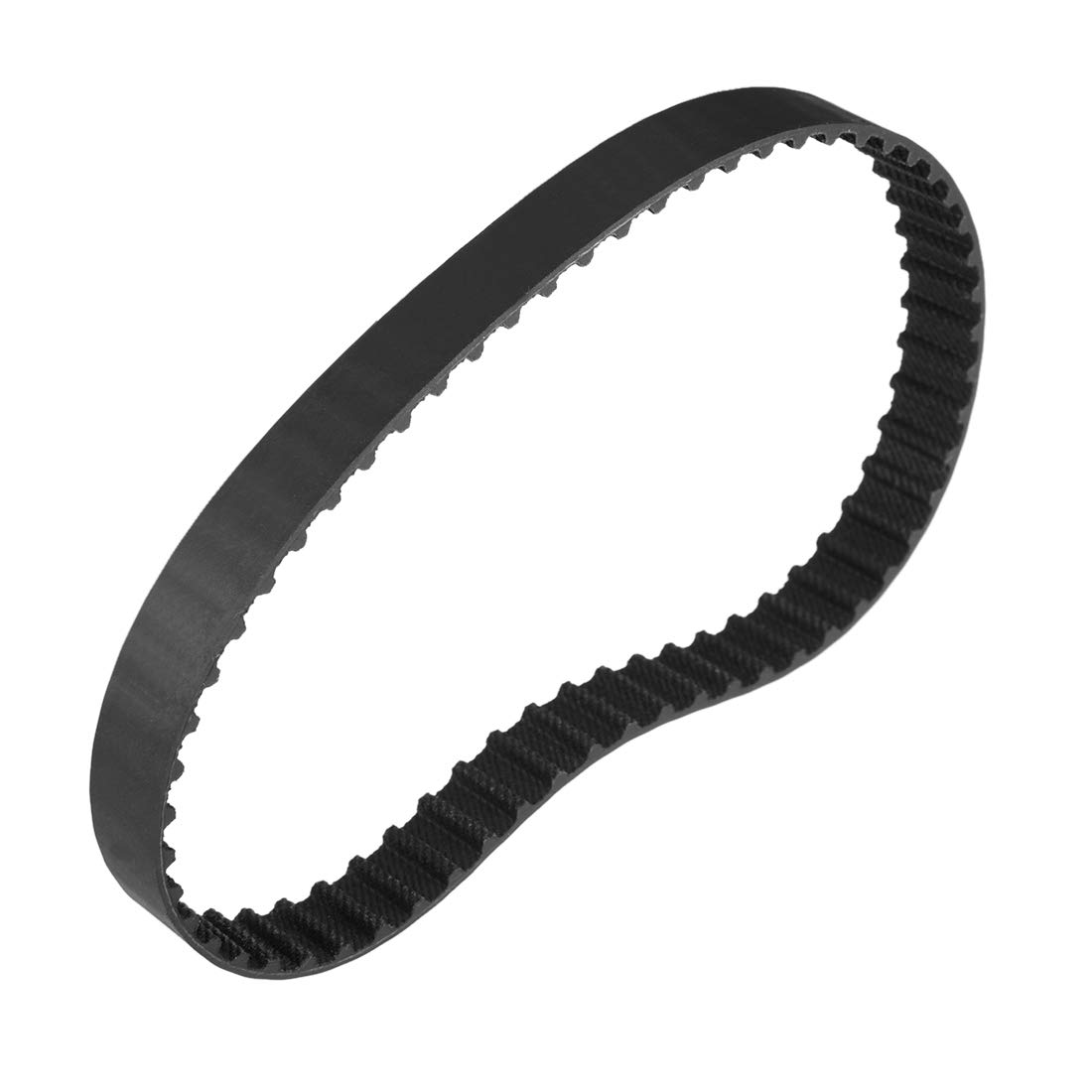
High-Performance Gear Systems | Custom Solutions for Heavy-Duty Applications
Browse our precision-engineered gearboxes, hydraulic spindles, and cast housings – designed for extreme durability, 30% longer lifespan, and seamless OEM integration.A synchronous belt, often referred to as a timing belt, is a crucial component in various mechanical systems, designed to transmit power efficiently and precisely between two or more shafts. Unlike traditional V-belts, synchronous belts feature teeth that mesh with corresponding grooves in pulleys, ensuring no slippage and maintaining exact synchronization. This makes them ideal for applications where timing and position accuracy are paramount, such as in automotive engines, industrial machinery, robotics, and conveyor systems. Made from durable materials like neoprene, polyurethane, or reinforced rubber with tensile cords (commonly fiberglass or Kevlar), these belts offer high strength, resistance to wear, and minimal maintenance requirements. Their ability to handle high speeds and loads while providing quiet operation has made them a preferred choice in modern engineering.
Understanding the parameters of synchronous belts is essential for selecting the right product for your application. Below, we detail the critical specifications in a list format for clarity:
For a comprehensive overview, here is a table summarizing standard synchronous belt parameters across common series:
| Belt Series | Pitch (mm) | Width Range (mm) | Tooth Profile | Material | Max Tension (N/mm) | Temp Range (°C) | Common Applications |
|---|---|---|---|---|---|---|---|
| HTD | 3, 5, 8, 14 | 6 - 100 | Curvilinear | Neoprene with Fiberglass | 30 - 150 | -30 to +85 | Industrial drives, conveyors |
| STD (T-series) | 2.5, 5, 10 | 6 - 50 | Trapezoidal | Rubber with Steel Cords | 20 - 100 | -20 to +80 | Printing machinery, robotics |
| AT | 5, 8, 14 | 10 - 100 | Modified Curvilinear | Polyurethane with Aramid | 40 - 200 | -40 to +90 | High-speed automotive systems |
| GT | 2, 3, 5 | 6 - 80 | Curvilinear (Optimized) | Urethane with Kevlar | 50 - 250 | -30 to +100 | Precision instruments, medical devices |
Note: Parameters may vary based on manufacturer specifications. Always consult technical datasheets for exact values.
What is the primary advantage of using a synchronous belt over other drive systems?
Synchronous belts offer zero slippage due to their toothed design, ensuring precise timing and power transmission. This eliminates speed variations common in friction-based systems like V-belts, making them ideal for applications requiring accuracy, such as in engines or automated machinery. Additionally, they require less maintenance, have a longer lifespan, and operate quietly compared to chains or gears.
How do I determine the correct pitch for my synchronous belt?
The pitch is determined by the distance between tooth centers and must match the pulley grooves. To select the right pitch, calculate the required torque, speed, and load of your application. Common pitches like 5mm or 8mm are used for moderate loads, while finer pitches (e.g., 2mm or 3mm) suit high-speed, low-torque scenarios. Refer to engineering manuals or use online calculators based on shaft distance and pulley size for accurate selection.
Can synchronous belts handle high-temperature environments?
Yes, many synchronous belts are designed for high-temperature operations. Standard belts typically withstand temperatures from -30°C to 85°C, but specialized variants made from materials like heat-resistant rubber or polyurethane can endure up to 150°C. For extreme conditions, consider belts with aramid reinforcement and consult manufacturer guidelines to ensure compatibility with your environment.
What maintenance is required for synchronous belts?
Synchronous belts require minimal maintenance due to their non-slip design. Regularly inspect for wear, cracks, or tooth damage, and check tension alignment to prevent premature failure. Clean belts to avoid debris buildup, which can cause misalignment. Typically, they last longer than chains or V-belts, with replacement intervals depending on usage—often every 50,000 to 100,000 hours in industrial settings.
Are synchronous belts suitable for heavy-load applications?
Absolutely. Synchronous belts are engineered to handle heavy loads efficiently, with high-tensile materials like steel or Kevlar cords providing strength. Series like HTD or AT are specifically designed for high-torque drives, capable of transmitting significant power without stretching or slipping. Always verify the maximum tension rating from the product specifications to ensure it meets your load requirements.
How do I install and tension a synchronous belt properly?
Proper installation involves aligning pulleys parallelly and ensuring the belt is seated correctly in the grooves. Use a tension gauge to apply the recommended tension—too loose can cause skipping, while too tight may lead to excessive wear. Follow manufacturer instructions for deflection measurements (e.g., press midway with a force to achieve a specific deflection distance). Regular checks after initial run-in are advised to maintain optimal performance.
What are the signs that a synchronous belt needs replacement?
Common signs include visible cracks, fraying, missing teeth, or a glazed surface. Unusual noises like squeaking or clicking during operation can indicate misalignment or wear. Reduced performance, such as slipping or timing errors, also signals replacement. Preventive maintenance schedules should include periodic inspections to avoid unexpected failures.
Can synchronous belts be used in food-grade or medical applications?
Yes, synchronous belts made from FDA-approved materials like polyurethane or specific rubber compounds are available for food-grade and medical applications. These belts resist oils, chemicals, and moisture while meeting hygiene standards. Ensure the belt is certified for such uses and regularly sanitized to maintain compliance with industry regulations.
What is the difference between HTD and GT series belts?
HTD (High Torque Drive) belts feature a curvilinear tooth profile for better load distribution and are common in industrial settings. GT (Gates Tooth) belts have an optimized curvilinear design with finer pitches, offering higher precision, reduced noise, and greater efficiency for high-speed applications like robotics or medical devices. GT belts often use advanced materials for enhanced durability.
How does environmental exposure affect synchronous belt performance?
Environmental factors like moisture, ozone, UV light, or chemicals can degrade belt materials over time. Choose belts with resistant coatings or materials (e.g., polyurethane for chemical resistance) for harsh conditions. Regular inspections and protective covers can mitigate effects, ensuring longevity and reliable operation in diverse environments.


Copyright © Raydafon Technology Group Co.,Limited All Rights Reserved.